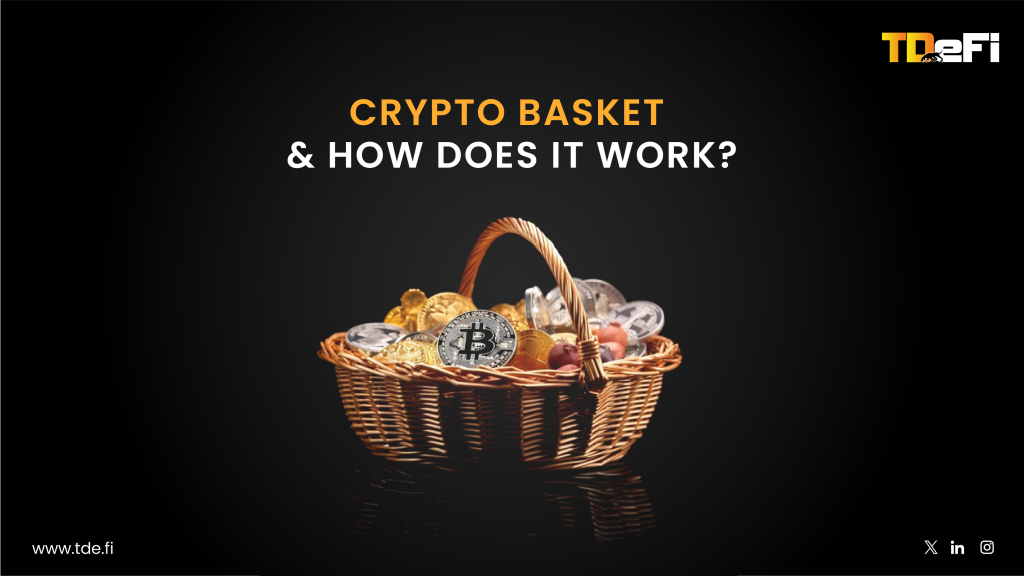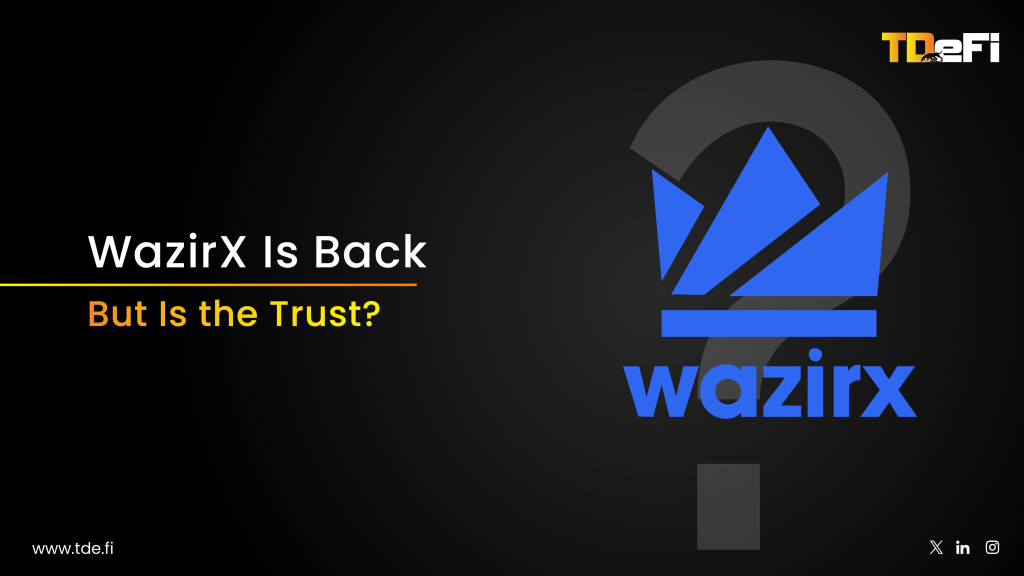The First Investor You Can Lose Is Your User
In Web2, a security breach is a setback. In Web3, it’s an existential event. A single exploit can drain your treasury, collapse your token price, and permanently erode community trust. You can rebuild code, you can rebuild marketing, but once users lose faith in your security, they rarely come back. For a Web3 founder, neglecting security isn’t just risky, it’s self-sabotage.
Treasuries and Keys: The Silent Single Points of Failure
Every Web3 startup has one hidden fragility: who controls the keys. A single compromised wallet has taken down entire protocols. Founders often underestimate the importance of treasury architecture, only to realize too late that the multisig wasn’t set up, the key backups weren’t tested, or the custody was too centralized. Investors know this, when they review projects, one of the first questions they ask is: Who holds the keys, and how is custody secured?
Best practices aren’t optional:
- Multisig or MPC custody instead of single wallets.
- Operational key rotation to reduce long-term compromise risk.
- Separation of duties between founders, developers, and treasurers.
Without these, you’re essentially betting your startup on a password.
Attack Surfaces Are Widest at Launch
The irony of Web3 is that the moment you’re most excited, the token generation event, the first listing, the community airdrop, is also the moment you’re most exposed. Hackers thrive on chaos: rushed deployments, untested liquidity pools, misconfigured smart contracts. Remember Wormhole’s $325M exploit? It wasn’t the complexity, it was one unchecked assumption in a high-stakes moment.
Founders need to think of launch security as mission-critical. That means:
- Pre-launch audits from multiple independent firms.
- Bug bounty programs live before TGE.
- Simulated attack scenarios to stress-test contracts and liquidity flows.
Security at launch isn’t a checklist, it’s your first line of defense against instant irrelevance.
Security Is the New Due Diligence
Three years ago, a flashy deck and a big vision could close a round. Today, investors demand proof of security maturity. They want to see audit reports, bug bounty partnerships, insurance coverage, and compliance readiness. In an environment where capital is cautious, your security posture is a filter. Strong security attracts serious capital; weak security repels it.
Put differently: your next fundraise isn’t just about traction or tokenomics. It’s about whether investors believe their money won’t evaporate in the next exploit.
A Secure Foundation Is a Growth Strategy
The biggest myth in early-stage Web3 is that security slows you down. The truth? Security compounds. Projects that build with security-first practices don’t just avoid disasters, they gain credibility, attract long-term investors, and create tokens that hold value instead of collapsing under sell pressure.
Think of security as brand equity. When users and investors know your project takes security seriously, they’re less likely to dump tokens at the first sign of trouble. They trust you to manage risk in a market already defined by volatility.
Closing Thought
For Web3 founders, security isn’t a cost center, it’s the foundation of everything else. Without it, your treasury, your token, and your community can vanish overnight. With it, you gain the one thing every startup craves but few achieve: resilience.
Start secure. Stay secure. Grow secure. Because in Web3, survival is the ultimate growth strategy.





































































































